What is Modem?
A modem is a device that is responsible for modulating and demodulating the signals in a computer network. The modem is an abbreviation for Modulator - Demodulator. It allows the user to use telephone lines to connect the internet. The digital signal from a computer cannot be send through the telephone line. Similarly, it is impossible to transmit the telephone line data to the computer network.
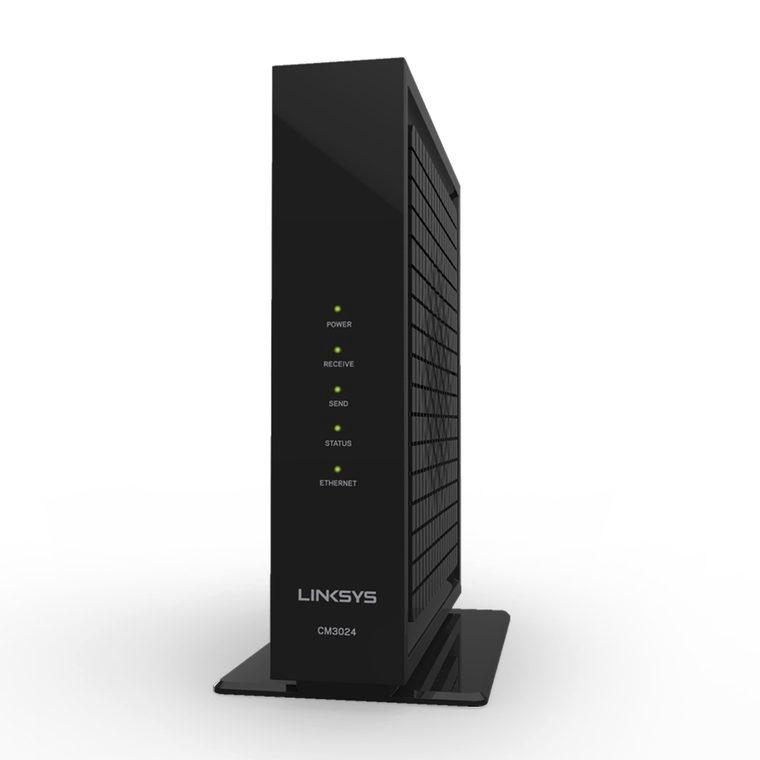
This is because the data in a computer network is in digital format while the data is transmitted in the form of analog signals on telephone lines. It is necessary to convert the data from one format into another to successfully transmit the data from the computer network to the telephone line or vice versa. The modem performs both functions in the computer network. The modulator in the modem is responsible for converting the data from digital mode to analog mode, while the demodulator converts the analog signals into digital.
The conversion of an analog signal into a digital signal is called digitizing.
The data from a Data Terminal Equipment is modulated into an analog signal and transmitted into the telephone line, and the receiving end receives the signal from the telephone lines. These analog signals are first converted into a digital signals using a demodulator. Then, they are sent to the receiver. Thus, to facilitate communication between two DTE, having a modem on both sides is necessary. The connection between the two computer networks is established using telephone lines either it can be a dedicated connection or a switched telephone circuit.
When the connection is dedicated, the modem is located near the DTE, but if the connection is a switch circuit, the modem is located at the telephone exchange. The modems are connected to the telephone line whenever the data transmission is needed.
Types of Modems
There are various categories based on which modems can be further divided:
- Based on directional capacity. They can be classified into full-duplex and half-duplex.
- Based on several connections to the telephone line, it can be either a 2-wire modem or a 4-wire modem.
- Based on the mode of transmission, they can be asynchronous or synchronous.
- And, based on the type of technology used, they can be further classified into five types. These are optical modems, digital modems, acoustic modems, smart modems, and short-haul models.
Half And Full-Duplex
Half Duplex
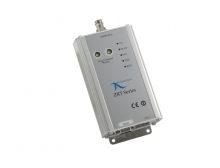
It is unidirectional, which means you cannot send data from only one direction at once. There is only one carrier in this modem.
Working of Half -Duplex
When the modem detects a carrier in the network, it sends a signal to the DTE informing about the presence of the carrier in the network line. It uses a controller to send this signal.
The modem first camels the incoming signal before allowing the DTE to transmit the signal in the line.
Full Duplex
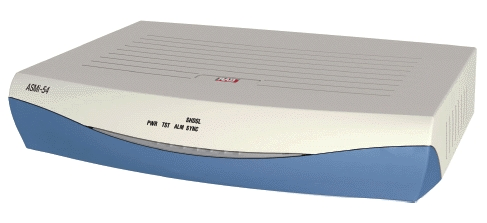
A full-duplex can transmit the data in both directions at once. This device has two carriers; one is responsible for sending the signals in the line, and the other is responsible for receiving the signals.
4-Wire Modem and 2-Wire Modem
4-Wire modem
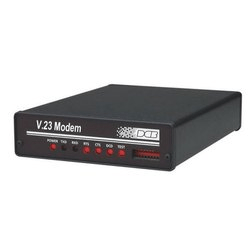
There are two types of full-duplex modems in the market. One with a 2-wire connection and the other with a 4-wire connection.
In a 4-wire connection, one pair is for outgoing signals, and the other is for incoming signals.
In a 4-wire duplex, the user can perform both half and full-duplex data transmission. It is possible as the path for transmitting the data is separate, allowing for transmission of the data in each direction, even at the same frequency.
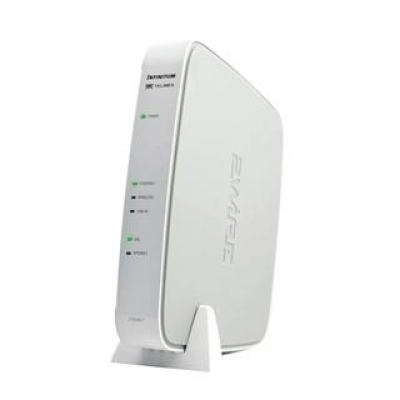
2-Wire Modem
It has a single pair of wires used to send and receive the signals. This device is cheaper than a 4-Wire connection as it requires only one pair extended to the user's premises.
The connection between the device and the network is established through a telephone exchange. The telephone exchange is a 2-wire connection.
In a 2-wire modem, the data can be transmitted as half-duplex and full-duplex.
When transmitting the data as a half-duplex, the modem uses the same frequency to send and receive the signals.
In the full-duplex mode of data transmissions, the user needs to have two channels; one for transmitting the signals in the network from the DTE, and the second channel is responsible for sending the signals from DTE to the network line.
In a 2-wire modem, the full-duplex transmission mode is achieved by multiplexing the two different frequencies from the different carriers. A fixed bandwidth bounds the channel frequencies, and the frequency should lie between that range only.
Features of Modem
- Along with acting as a modulator and demodulator, a modem can also perform additional features. Some of the features of a modem are mentioned below:
- It provides a high data transmission speed. The bandwidth to upload data on the network in an X2 modem can be from 28.8 to 56 Kbps.
- To perform an update on the modem is very easy. They can be upgraded using a software patch that enables the modem to meet the universal standards.
- They also allow high-speed downstream data transmission as the data while downloading is encoded while the average upstream transfer rate is 33.6 Kbps.
- Some modems are designed to perform additional functions, such as detecting the originating telephone number used for calling. These modems can be used to verify the caller ID of the caller.
- Some modems also allow the user to transmit the data and transfer analog voice using the same connection. This is possible because they allow dual simultaneous voice and data.
- Some modems are smart as they provide advanced features such as voice mails and can also act as answering machines simultaneously. They are used as digital information systems.
Asynchronous and Synchronous Modem
Asynchronous Modem
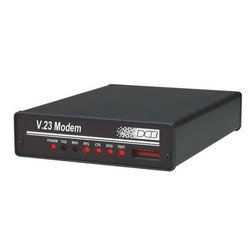
In an asynchronous modem, data transmission is handled in the form of data bytes. The transmission ensures the starting and the stop bits reach the destination.
It does not require a clock or any mechanism that sends the time signals from the modem to the DTE; instead, there is an internal timing pulse that is synchronized with the data bytes. They are attached to every leading edge of the start bit.
Synchronous Modem
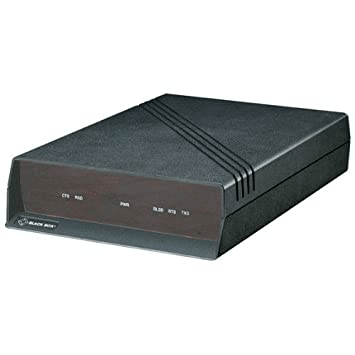
The synchronous modem allows the user to send and receive the data in the form of the data stream. It can handle the continuous data, but it requires a clock signal to do so.
Each data bit is synchronized with a clock signal. There are two separate clocks in the synchronous modem; one clock is used to synchronize the transmitting data bits while the other performs the synchronization for the receiving data bits.
It also allows the DTE to use its internal clock to synchronize the data bits. The DTE supplies the same time to the modem also.
Modem based on technology
1. Optical Modem
The data transmission takes place using optical fibres instead of other cables. The data in an optical cable is transferred in light, which means that the digital signal from the computer is converted into a pulse of light, and the pulse of light is again converted into a digital signal at the receiving end.
2. Digital Modem
In this modem, the data is transmitted in the digital format only. The digital signal from the computer is modulated on a digital carrier signal, so there is minimum data loss while transmission through the transmission media lines.
3. Acoustic Modem
It is a special type of modem that allows the user to couple their device with a telephone set. It has an embedded speaker and a microphone. This type of modem is usually used by traveling salespeople that allow them to connect to the hotel phones.
4. Smart Modem
This modem provides an additional feature for auto-dial and redial. It also has auto answering capabilities. It is equipped with a microprocessor that uses the Hayes AT command set for providing the features enlisted above.
5. Short Haul Modem
These modems are present in your personal computers at home or workspace. They are capable of transmitting signals within a range of 20 miles. These modems are usually used for establishing a private network within the computers of an organization or office building.
Modulation Techniques that are implemented in modem
Modulation is the process of converting a digital signal into analog signals. The following technique is used to perform modulation by a modem:
- Amplitude Shift Keying (ASK)
- Phase Shift Keying (PSK)
- Differential Phase Shift Keying (DPSK)
- And Frequency Shift Key (FSK)
Modems are required to be present on either side of the network. Whether the mode of transmission is simplex, half, or full-duplex, each mode requires a modem at both the receiving and transmitting end.
The device acts as a bridge between digital and analog signals.
Process of Data Transmission using a modem
The process is initiated by an end device, also known as Data Terminal Equipment or DTE. They can be a computer, laptop, etc. They send a signal to the Data Communication Equipment telling them they are Ready to Send. The signal is called the RTS signal. This is also known as a wake-up call. The modem then sends a Data Carrier Detect signal to the modem at the receiving end. It takes time to establish a communication channel. Meanwhile, both modems transmit and receive a series of signals. The process of exchange of signals for establishing the signal is called handshaking.
Once the channel is established, the receiving modem indicates that it is Data Send Ready by sending a DSR signal to its DTE. It waits for the system to reply. The system then sends a Data Terminal Ready Signal. This is the final step in establishing the connection between both systems.
Once this process is completed, the first modem sends a CTS signal directed to the system, and finally, the whole data transmission starts.
All the signals that are mentioned above are sent through different pins. Each signal has a dedicated pin in the modem. You can learn more about the pins and the signal transmitted or received through them by reading the manual of the modem. The various organizations have reached an agreement, therefore, standardizing the role of the pins for a variety of equipment. The cable that is used to attach the modem is 232.